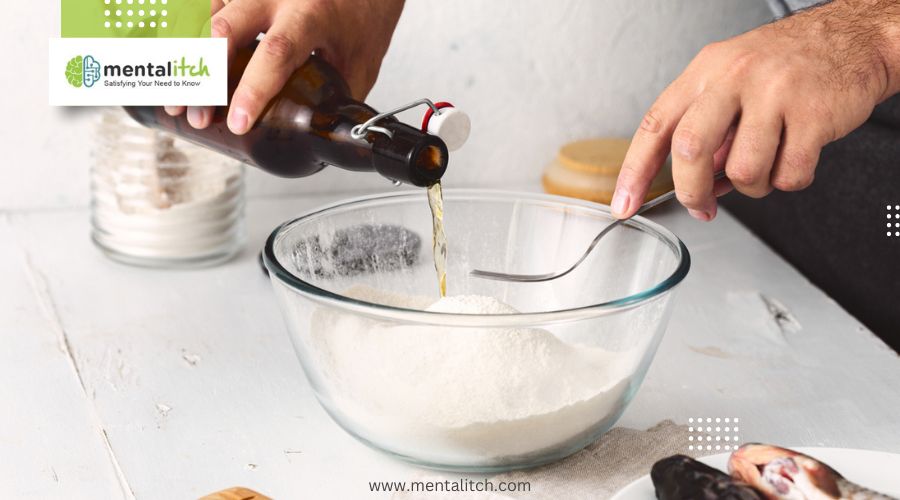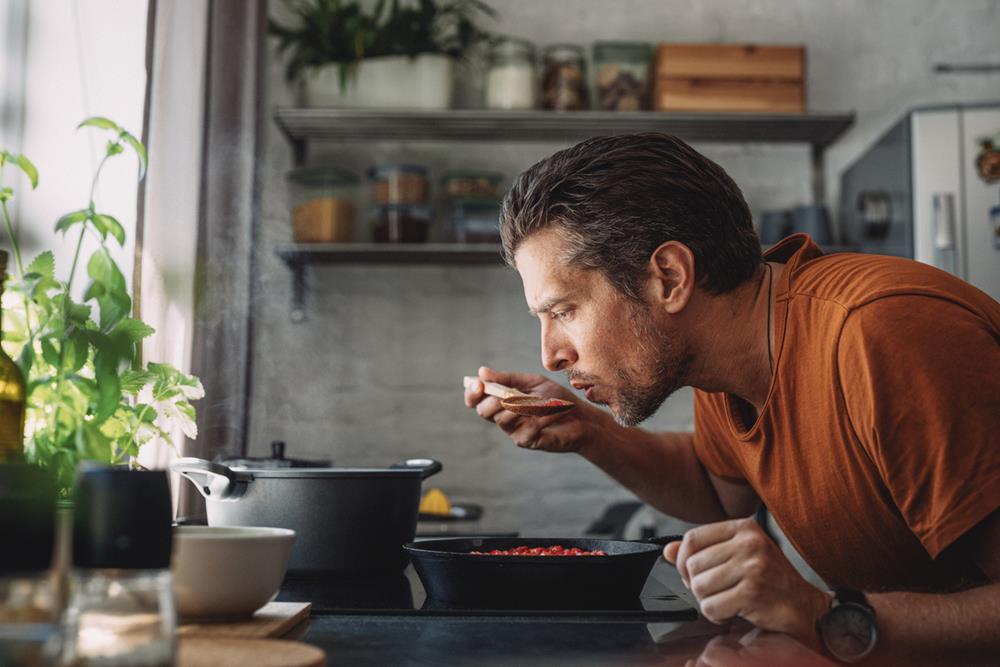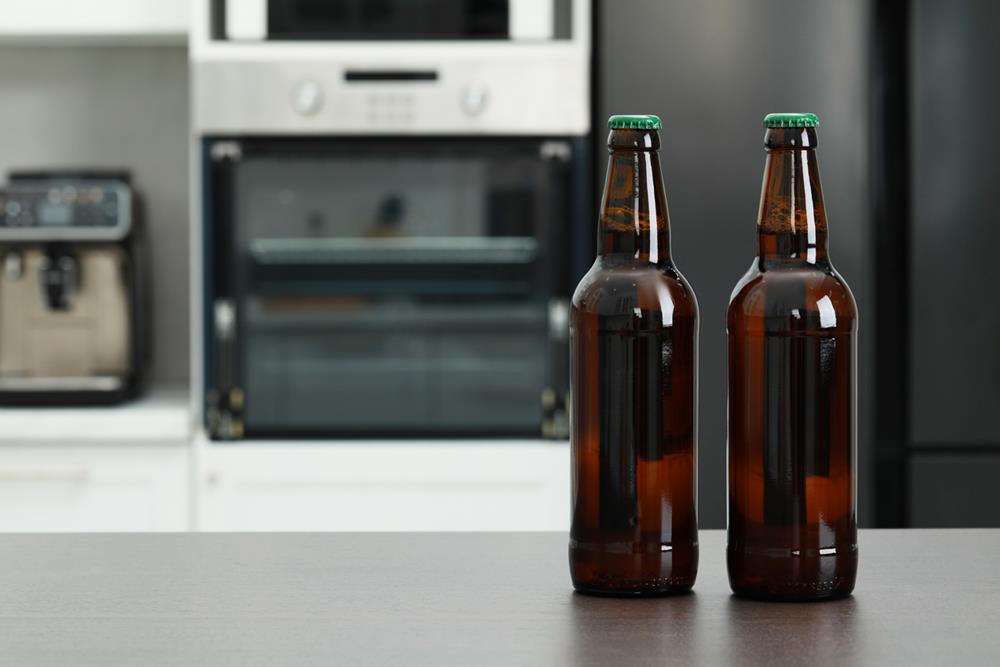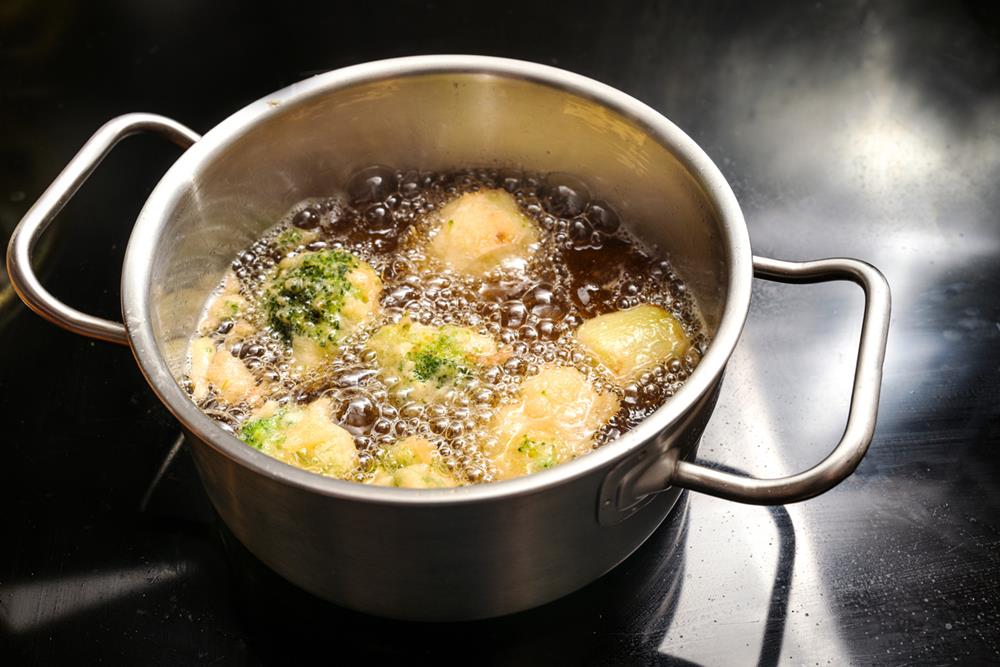Have you ever thought about adding beer to your kitchen recipes, even the ones you bake? Beer, aside from drinking, can also make your food taste even more amazing without making it alcoholic. In this article, we’ll talk about how using beer, including the kind without alcohol, can add some exciting flavors to your meals and treats. Whether you’re making a hearty stew or a fluffy cake, a little beer can go a long way in boosting the taste. Let’s dive into how beer can shake things up in your cooking and baking adventures, making everything more delicious without the buzz.
The Basics of Cooking and Baking with Beer
Cooking and baking with beer is an art that can transform ordinary recipes into something extraordinary. The key to success lies in understanding how beer interacts with other ingredients and how its flavors can complement your dishes. Here’s what you need to know to get started.
- Choosing the Right Beer: The type of beer you choose should complement the flavors of your dish. Light beers like lagers are great for delicate recipes, while darker beers like stouts can add depth to richer dishes. Beers can range from bitter to sweet, fruity to spicy. Think about these flavors when picking a beer for your recipe.
- How Cooking Affects Alcohol Content: While cooking with beer, most of the alcohol evaporates due to heat. However, a small amount may remain, depending on the cooking time and method. For completely alcohol-free dishes, opt for non-alcoholic beers. They provide the flavor without any of the alcohol.
- Substituting Beer in Recipes: Beer can replace water, broth, or other liquids in recipes to add flavor. This is especially common in baking, where beer can make bread richer and cakes moister. A splash of beer can add complexity to sauces, stews, and marinades, enhancing the overall taste profile.
Beer’s Role in Enhancing Flavor
Beer, in addition to being a beverage, is also a versatile culinary ingredient that can significantly enhance the flavor of a wide range of dishes. Its complex character comes from the blend of hops, malt, yeast, and water, offering a spectrum of tastes from bitter to sweet, malty to fruity. Here’s how beer can play a pivotal role in elevating the flavors in cooking and baking.
Adding Depth to Dishes
- Complexity: The fermentation process of beer develops a rich array of flavors and aromas that can deepen the taste profiles of dishes, adding layers of complexity that water or broth simply cannot.
- Bitterness: The bitterness from the hops can counterbalance sweetness in dishes, offering a more rounded flavor profile. This is particularly effective in rich, sweet sauces or glazes.
Sweet and Malty Notes
- Sweetness: Beers with a higher malt content, like ales or stouts, can add a subtle sweetness to dishes. This works well in baked goods, stews, and even savory sauces.
- Malty Flavors: The malt in beer introduces a toasty, caramel-like flavor to recipes, enhancing the natural sweetness of ingredients like root vegetables or adding a new dimension to baked bread.
Enhancing Aromas
The aromatic compounds in beer can enhance the smell of food, making dishes more appetizing. The scent of beer-infused dishes often brings a warm, inviting aroma that can’t be replicated with other ingredients.
Versatility in Pairings
- Type Variations: Different types of beer can be matched with specific dishes to highlight or complement flavors. For example, a citrusy IPA works well with lighter dishes like seafood, while a dark stout pairs beautifully with chocolate desserts.
- Culinary Experiments: Beer allows for culinary creativity. Chefs and home cooks alike can experiment with beer varieties to discover new flavor combinations, turning simple recipes into gourmet meals.
The role of beer in cooking and baking extends beyond just adding liquid to a recipe; it’s about infusing dishes with unique tastes and aromas that enhance the overall dining experience. By understanding the flavor profiles of various beers and how they can complement different ingredients, cooks can unlock a new world of culinary possibilities, making their dishes stand out with the distinctive, delicious twist that only beer can provide.
Non-Alcoholic Beer – A Game Changer in the Kitchen
Non-alcoholic beer has revolutionized the culinary world by offering the rich flavors and aromas of traditional beer without the alcohol content. This innovation has made it possible to enjoy the complex tastes of beer in cooking and baking, catering to everyone, including those who avoid alcohol for health, dietary, or personal reasons. Here’s how non-alcoholic beer is making waves in the kitchen.
- Inclusivity: With non-alcoholic beer, everyone can enjoy the depth and complexity it adds to dishes, making shared meals more inclusive.
- Health-Conscious Cooking: For those monitoring their alcohol intake, non-alcoholic beer provides a way to incorporate the unique flavors of beer into dishes without compromising health goals.
- Flavor Integrity: Advances in brewing technology mean non-alcoholic beers now retain much of the flavor profile of their alcoholic counterparts, ensuring dishes do not lose out on taste.
- Versatility: Just like regular beer, non-alcoholic versions come in a variety of styles, from light lagers to rich stouts, offering a wide palette for culinary creativity.
- No Alcohol Content: The biggest advantage is the elimination of alcohol, making it safe for all ages and conditions, including pregnancy and medication that prohibits alcohol consumption.
- Richness and Moisture in Baking: Non-alcoholic beer adds a unique richness and moisture to baked goods, from bread to cakes, enhancing their texture and flavor.
- Improved Quality: The quality of non-alcoholic beer has significantly improved, with many brands offering options that rival their alcoholic counterparts in taste and aroma.
- Widening Availability: As demand for non-alcoholic options grows, so does the variety available on the market, making it easier than ever to find a non-alcoholic beer that suits any recipe.
Non-alcoholic beer is indeed a game changer in the kitchen, breaking down barriers and opening up a world of culinary possibilities. It allows cooks and chefs to experiment with beer’s unique flavors without the concerns of alcohol, making it a versatile ingredient that can elevate a wide range of dishes.
Innovative Recipes Using Beer
Beer, with its diverse flavor spectrum, offers a treasure trove of possibilities for culinary experimentation. From savory mains to sweet desserts, the addition of beer can transform traditional recipes into something truly extraordinary. Here are some innovative ways to incorporate beer into your cooking and baking, showcasing both alcoholic and non-alcoholic varieties for versatility and inclusivity.
Savory Dishes with a Twist
- Beer-Infused Chili: Elevate your chili by adding a dark stout or a rich porter. The beer’s maltiness complements the spices, adding depth and complexity to the dish.
- Beer-Battered Vegetables and Fish: Use a light lager or ale to create a fluffy, crisp batter for deep-frying vegetables or fish. The beer not only adds flavor but also creates a lighter batter that’s perfectly golden and crunchy.
- Beer Braised Meat: Slow-cooked meats like beef or pork in a mixture of beer and herbs. A robust ale or stout can tenderize the meat and infuse it with a complex flavor profile, resulting in a melt-in-your-mouth experience.
Baked Goods with a Beer Boost
- Beer Bread: This simple, no-knead bread utilizes beer as its rising agent, with the yeast in the beer creating a light, airy loaf. Experiment with different beer styles for subtle flavor variations.
- Stout Chocolate Cake: Incorporate a stout beer into your chocolate cake batter for an enhanced chocolate flavor. The beer adds moisture and depth, making the cake rich and decadent.
- Beer-Infused Cupcakes: Mix your favorite beer into a cupcake batter for a unique twist. Top with a beer-infused frosting for an extra layer of flavor. Light ales work well with vanilla or citrus flavors, while stouts pair beautifully with chocolate.
Creative Condiments and Sauces
- Beer BBQ Sauce: Combine a smoky beer with traditional BBQ sauce ingredients for a sauce that’s perfect for grilling. The beer adds a unique depth of flavor that complements smoked meats wonderfully.
- Beer Mustard: Homemade mustard with beer is a game-changer for sandwiches and sausages. Use a beer with pronounced flavors, like an IPA, to impart a tangy, hoppy kick to your mustard.
Desserts and Sweets
- Beer Ice Cream: For a novel dessert, create a custard base with a rich, caramel-noted beer. Freeze according to your ice cream maker’s instructions for a treat that surprises and delights.
- Beer-Infused Caramel: Add beer to your caramel sauce for an intriguing twist. A beer with caramel and toffee notes enhances the sweetness and complexity of the caramel, perfect for drizzling over desserts.
Incorporating beer into recipes is a journey of discovery, allowing both novice and experienced cooks to play with flavors and textures. Whether opting for alcoholic or non-alcoholic varieties, beer can elevate dishes in unexpected and delightful ways. These innovative recipes are just the starting point, encouraging experimentation and creativity in the kitchen with beer as a featured ingredient.
Conclusion
Exploring the world of beer in cooking and baking opens up a new realm of flavors and experiences. Whether you’re using alcoholic or non-alcoholic beer, it can add depth, moisture, and complexity to a wide range of dishes, from savory stews to sweet desserts. Remember, the key is experimentation and finding the perfect balance that enhances your meals. So, next time you’re in the kitchen, consider reaching for a bottle of beer to elevate your cooking and baking creations. It’s a fun, creative way to introduce new tastes and make your dishes even more delicious.





